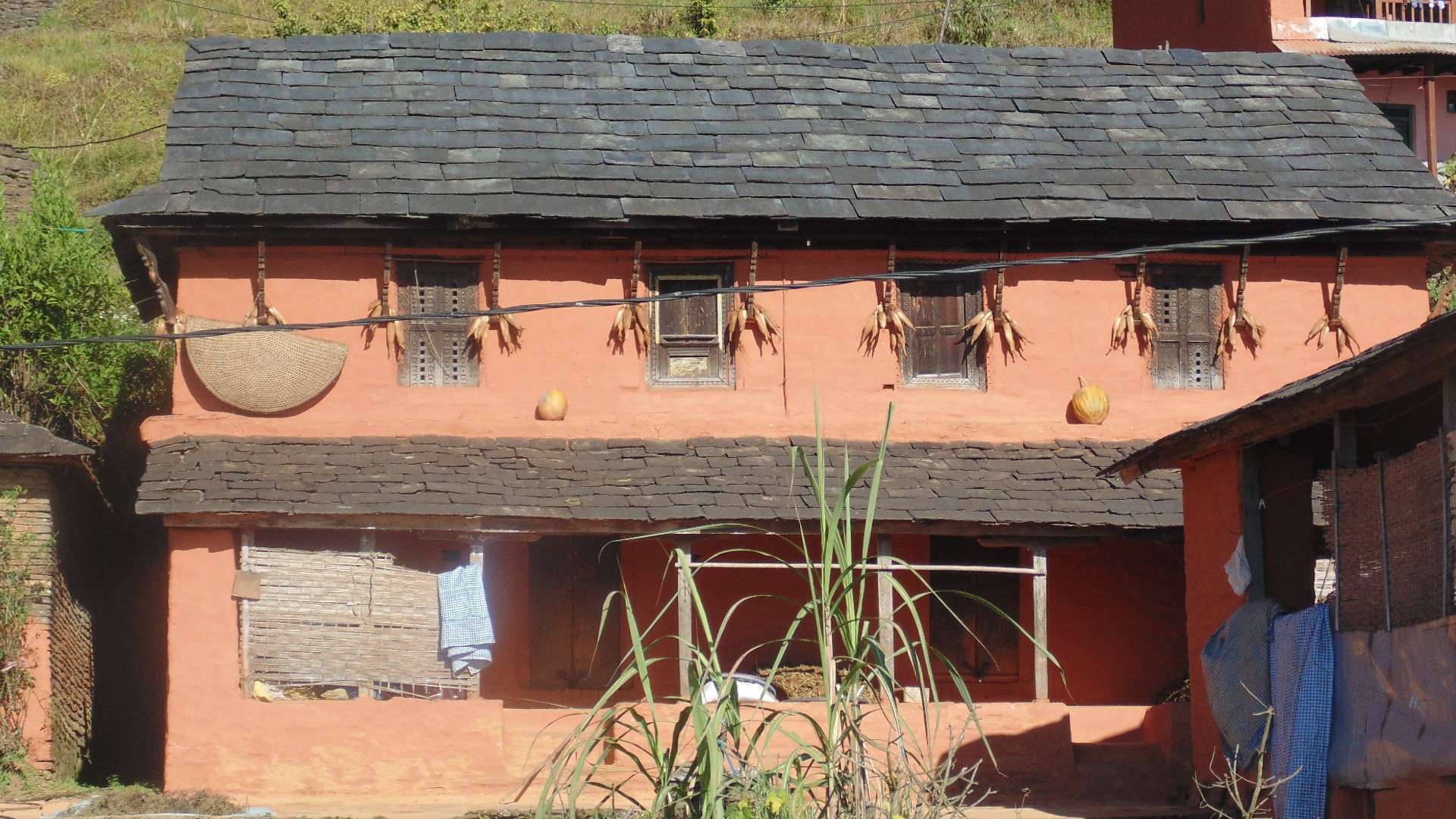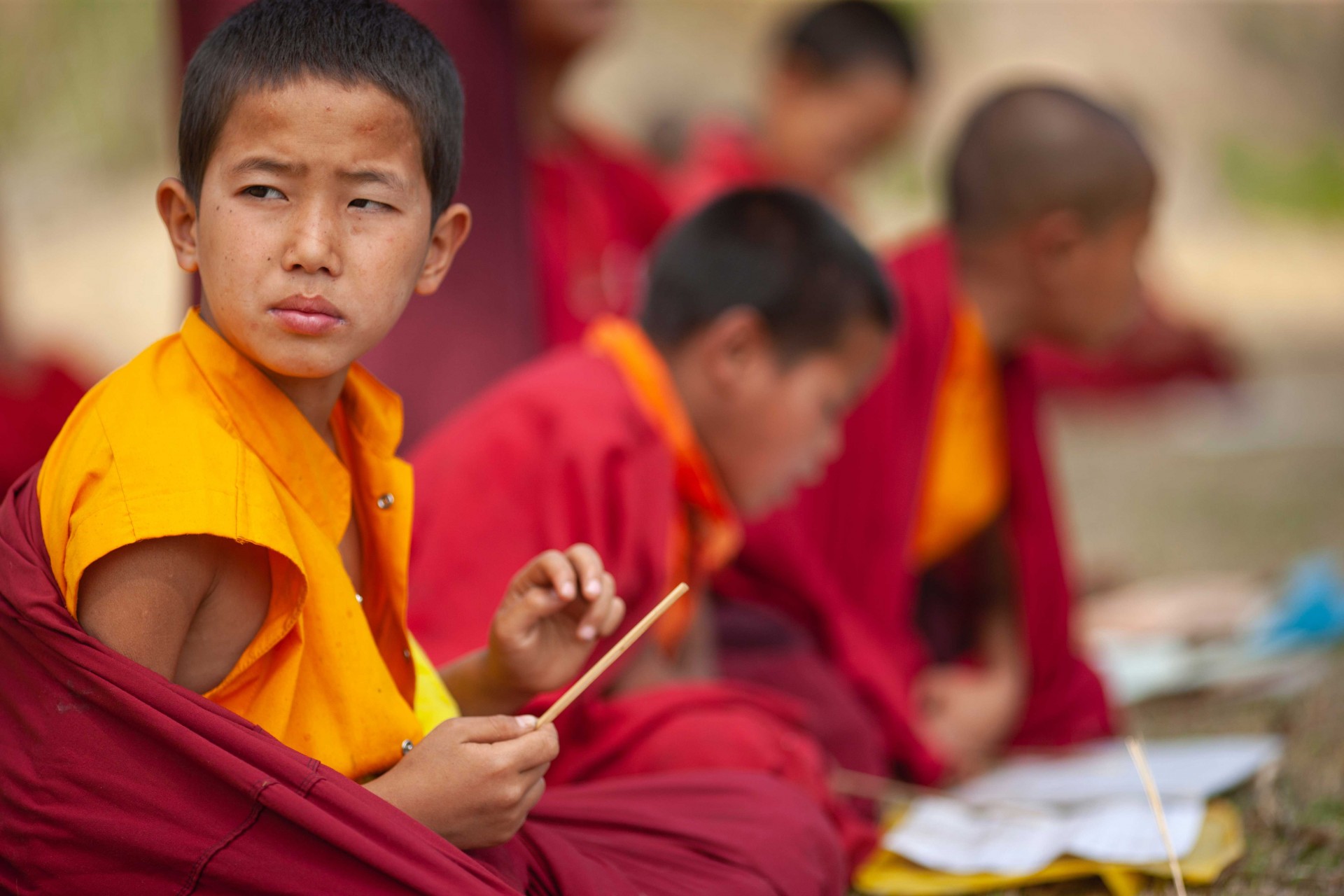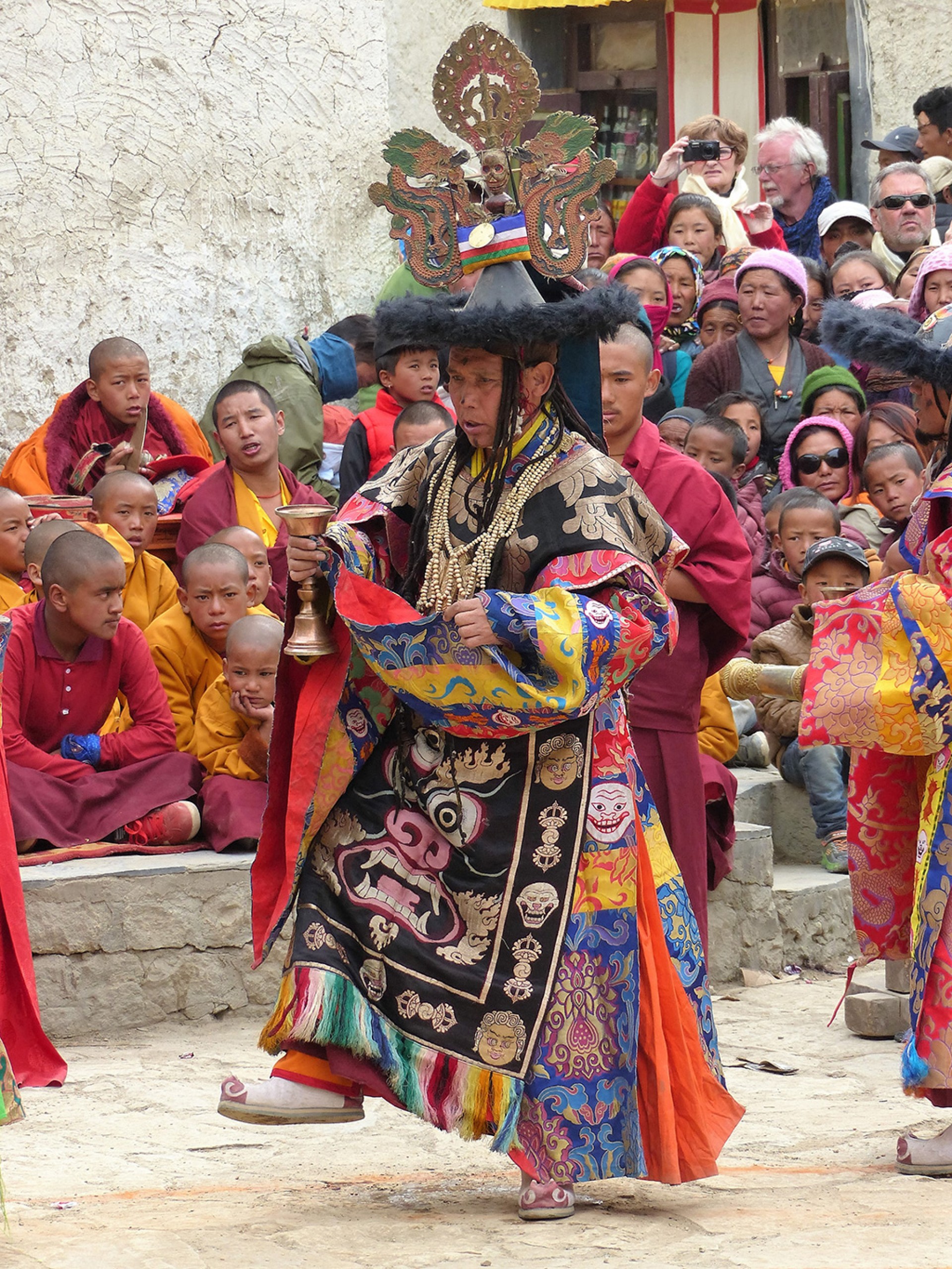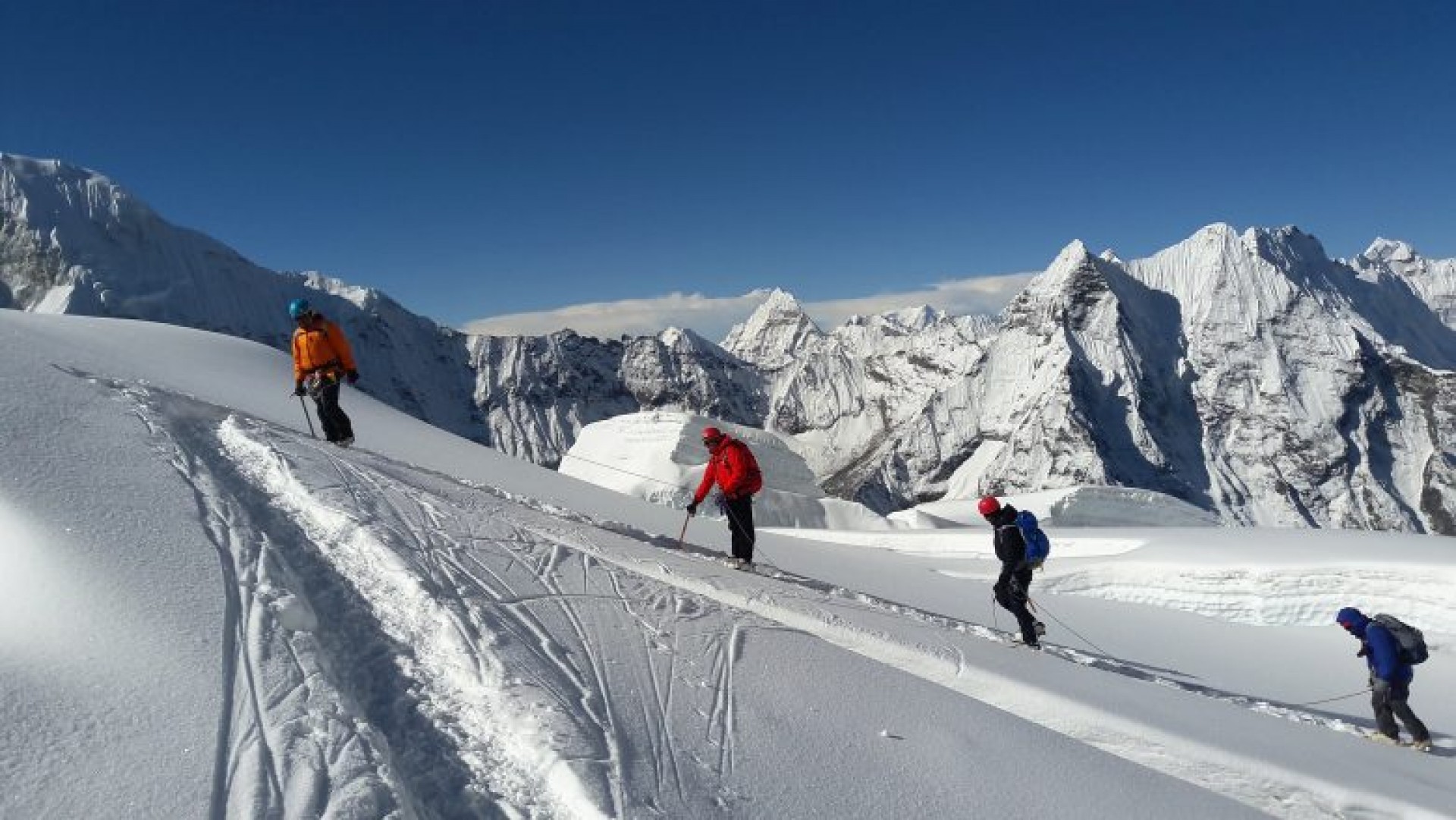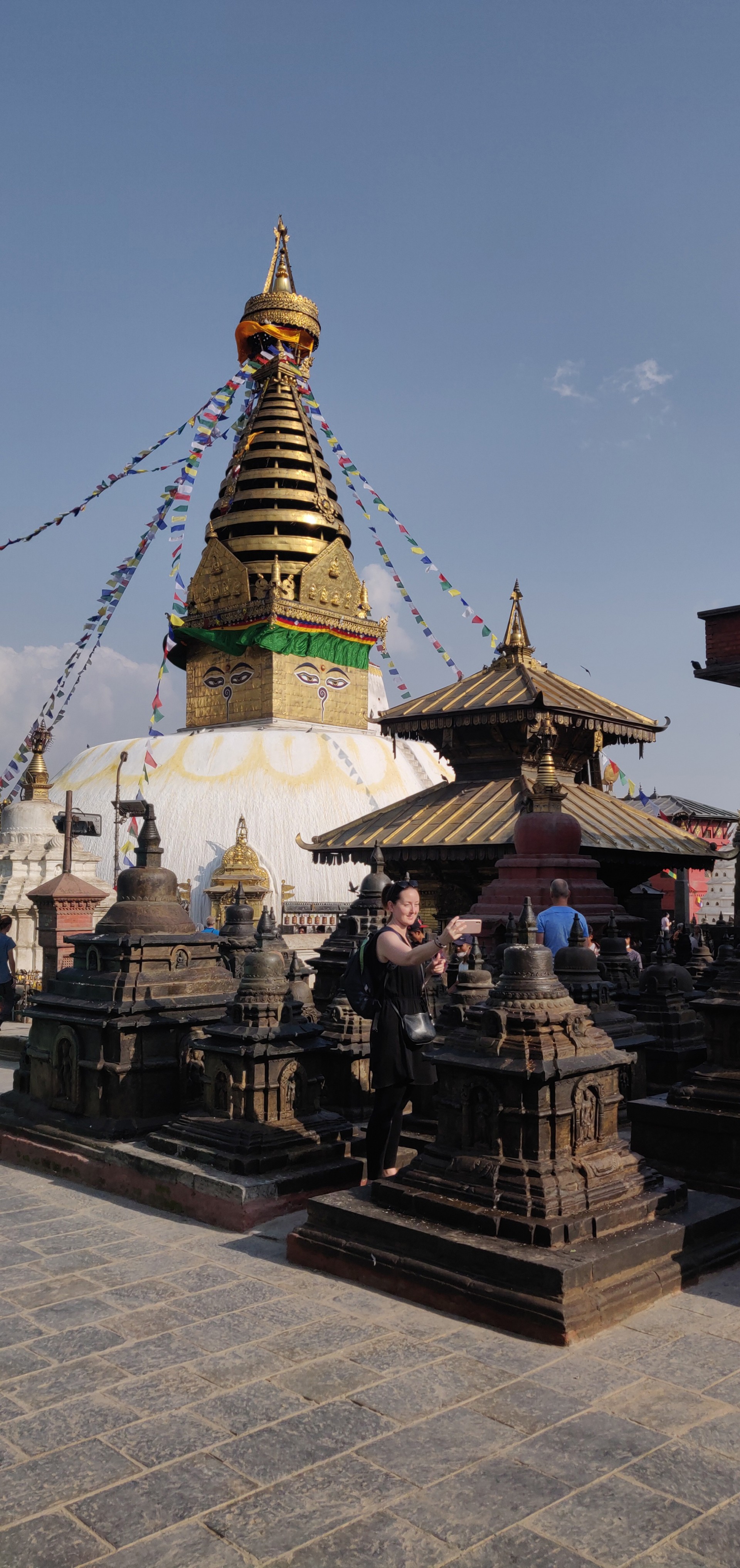3 Buddhas Circuit Tour 6N/7D
LUMBINI – BIRTH PLACE OF BUDDHA
Lumbini is the place where the newly born Prince Siddharth (Known as Buddha) took his first seven steps and uttered an epoch-making message to the suffering humanity. This happened in a beautiful sal grove, which is now the focal point of the Lumbini Garden area. Maya Devi, the queen of Shakya King Suddhodhana of Kapilvastu, while passing through the Lumbini Garden.
On the day of “Vaisakha Poornima” (Full Moon Day of May 623 B.C) took a bath in the Pushkarini (the Sacred Pond) and soon after she took support of a tree branch, then gave birth to the Crown Prince Siddharth, who became Buddha. The Lumbini Garden covers an area of 1 x 3 sq. miles (2.56 sq. km) and encompasses three zones each covering one square mile connected with walkways and a canal. The area has a sub-tropical monsoon climate with a warm wet season.
LUMBINI-THREE BUDDHAS CIRCUIT TOUR
The Lumbini Circuit Tour goes through Tilaurakot, Kudan, Gotihawa, Niglihawa, Sagarhawa, Aurorakot, Devadhaha and Ramagrama all bearing significance to the life, enlightenment and death of Buddha. There are 62 archaeological sites scattered outside the Lumbini Garden.
TILAURAKOT has been identified by archaeologists as the actual capital of Kapilvastu and the home of King Suddhodhana, father of Prince Siddhartha who later went on to become the Buddha. This is believed to be the place where Lord Buddha spent the first 29 years of his princely life. Chinese travelers who visited Tilaurakot more than 2,500 years ago reported seeing numerous stupas, monasteries and palaces. The Chinese pilgrims Fa-Hien and Hiien – Tsang noted that they saw Kapilavastu in complete ruins and counted 10 deserted cities within Kapilavastu. King Virudhaka, who massacred the Shakyas during the last days of Lord Buddha, is said to have destroyed the cities.
Located about 27 kms west of Lumbini and 3 kms from Taulihawa town, a joint effort by Nepali and Japanese archeologists recovered the royal town of Tilaurakot, the elaborate gateway in the western side, the twin stupa of the Buddha’s parents, and King Suddhodhan’s palace in and around the Tilaurakot mound. Historically, Kapilavastu was named after Saint Kapil. The Buddha visited Kapilavastu several times during his life. The first nunnery in Buddhist history was also established in Kapilavastu.
The earth rampart, the brick fortification, the ancient habitation, and the 13 layers of human depositions dating between 8 B.C. and 2-3 A.D are the most noteworthy in the historic ruins. The Kapilavastu Museum exhibits coins, pottery and toys dating back to the 7th century B.C. and 4th century A.D. The terracotta figures recovered at Tilaurakot belong to pre-Mauryan, Mauryan, Sunga and Kushana periods.
Highlights of this tour
KUDAN
KUDAN is located some 4.5 kms south of Tilaurakot, is mound of structural ruins. A pond nearby appears to be the ruins of stupas and monasteries. Kasaya (Yellow robe worn by monks) was presented to Lord Buddha. This is where King Suddhodhana met Lord Buddha for the first time after he returned from cosmic enlightenment.
GOTIHAWA
GOTIHAWA, located about 3 kms southwest of Taulihawa, is believed to be the birth place and the place of Nirvana of Krakuchanda Buddha, who came before Shakyamuni Buddha. Brick structures of stupas and monasteries can be seen in the area outside modern Gotihawa village. At the center of the main mound the remains of a broken Ashokan Pillar lie. Adjoining the pillar on the northeast side is a huge stupa with rings of wedge-shaped ancient bricks, identifying the Nirvana Stupa of Krakuchanda Buddha. The villages are still using an ancient well in the center of the village. The development of the site is believed to have started in the 6th century B.C. Rectangular and wedge-shaped bricks containing large amount of rice husk, straw and vegetation dating back to the 3rd century B.C. are found here. It is speculated that the enlargement of the stupa was carried out during the Sunga and Kushana period (end of the 1st century B.C. to the 2nd and 3rdcentury A.D.).
NIGLIHAWA
NIGLIHAWA is a significant archaeological site about 7 kms north of Taulihawa where the remains of a broken Ashokan Pillar lie close to a large pond. Emperor Ashoka built a stua and set up a pillar when he visited the site during his pilgrimage. Discovered by renowned archaeologist, Dr. Alois Fuhrer in 1895, this pillar is 15 feet tall with inscriptions on its upper portion. It is believed that Kanakmuni Buddha was born and enlightened here. The Ashokan Pillar attests that Emperor Ashoka enlarged the stupa enshrining the relics of the Kanakmuni Buddha. Fa Hien and Hiuen Tsang also describe the Kanakmuni Stupa and Ashokan Pillar in their travel accounts.
SAGARHAWA
SAGARHAWA is the forest site where the ruins of an ancient pond were excavated in 1895. Archeologists have identified this site as the “Palace of the Massacre of the Shakyas.” The ruins of ancient site lie on the west and south banks of the pond known as Lumbu Sagar. Sagarhawa is about 12 kms north of Taulihawa.
AURORAKOT
AURORAKOT is a large rectangular fortified area with remains of ancient moat and brick fortification east of Nilglihawa, and about 10 kms northeast of Taulihawa. A walled fortress in ancient times, this citadel was believed to be the natal town of Kanakmuni Buddha.
DEVDAHA
DEVDAHA, 54 kms east of Lumbini across the Rohini River, is the ancient capital of the Koliya Kingdom. It is the maternal hometown of Queen Mayadevi, Prajapati (Siddhartha’s stepmother) and Princess Yasodhara (his consort). This is where Prince Siddhartha spent his childhood. Seven years after his Enlightenment Lord Buddha visited Devdaha and ordained followers of Jain Sadhu Nirgrantha Nathputra. There are several other sites around Devdaha such as Kumarbarti, Khayardanda, Bairimai/Kanyamai, Bhabanipur/Devidamar, Mathagadi (ancient weapons).
RAMAGRAMA
RAMAGRAMA is a brick mound on the bank of the Jharahi River. It is a 7-meter high brick stupa containing one of the eight Astha Dhatu (relics) of Lord Buddha. The King of Ramagrama, the eighth king to obtain the Buddha’s relics, built the stupa. History mentions that Emperor Ashoka wanted to open it to multiply into eight four thousand stupa. However, the Dragon King of Ramagrama stupa did not permit.
DETAIL ITINERARY:
Day 01: Arrival In Kathmandu (1350m) And Transfer To Hotel 45min. O/N Hotel (D). Day 02. Morning Flight Kathmandu - Bhairahawa (30mins) Drive - Lumbini (30mins), O/N Hotel (BLD). +−Flying from Kathmandu-Bhairahawa (30 mins). Driving from Bhairahawa-Lumbini (30 mins).
Observing Lumbini Gardens and surrounding areas. Overnight Lumbini Hotels.
Flight : 30 mins
Drive : 30 mins
Lunch : Lumbini Hotel
Dinner/Overnight : Lumbini Hotel.
Visit the Mayadevi Temple and tour of surrounding areas of Lumbini Development Trust. 2-3 hrs Or more (LDT tour)
Visit the surrounding villages and observe rural lifestyle. 2-3 hrs (village tour). Overnight Lumbini Hotels.
Visit LDT : 2-3 Hours
Visit village : 2-3 hours
Lunch : Lumbini Hotel
Dinner/Overnight : Lumbini Hotel
Driving and visiting religious and archaeological sites at Gotihawa, Kudan, Tilaurakot, Niglihawa, Sagarhawa and Lumbini. 6-8 hours’ tour. Overnight Lumbini Hotels.
Visit : 6-8 hours
Lunch : Lumbini Hotel
Dinner/Overnight : Lumbini Hotel
Driving and visiting religious and archaeological sites at Devadaha, Ramagrama and then driving to Bhairahawa. 3-4 hours visit.
Fly back to Kathmandu from Bhairahawa. 30 mins. Overnight Kathmandu Hotels.
Visit : 3-4 hours
Flight : 30 mins
PACKAGE INCLUDES:
- All the transportation mentioned in the program.
- 3 nights in 3 star hotel in Kathmandu on BB basis.
- 3 nights in standard hotel in lumbini on AP basis.
- An experienced English speaking cultural tour guide.
- All the entrance fees, local taxes.
- Farewell dinner in Kathmandu.
PACKAGE EXCLUDES:
- International flights.
- Visa fees.
- Travel Insurance
- Any personal expenses, bar bills, telephone calls, internet etc.
- Lunch at Kathmandu.
- Trips for guide and driver (TIps are accepted but not mendatory).
- Emergency expenses in case of natural disaster, accident, illness etc.
NOTE:
BLD : B for Breakfast. L for Lunch. D for Dinner.




